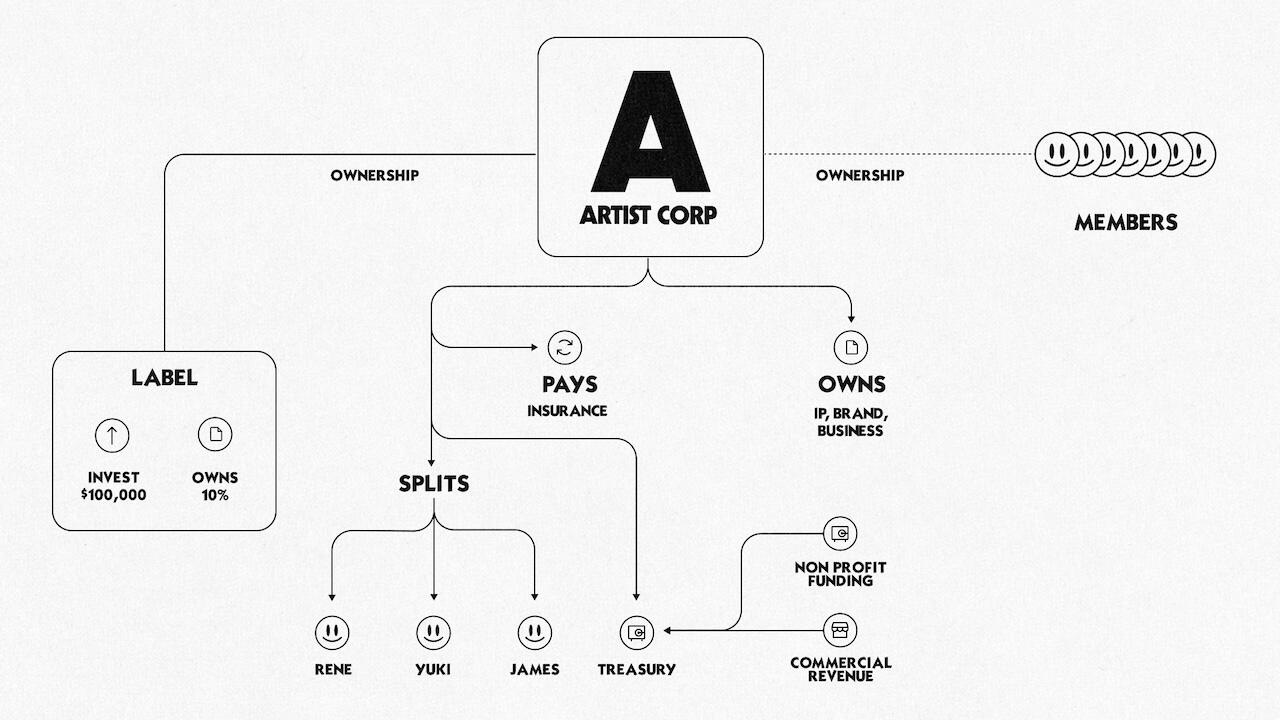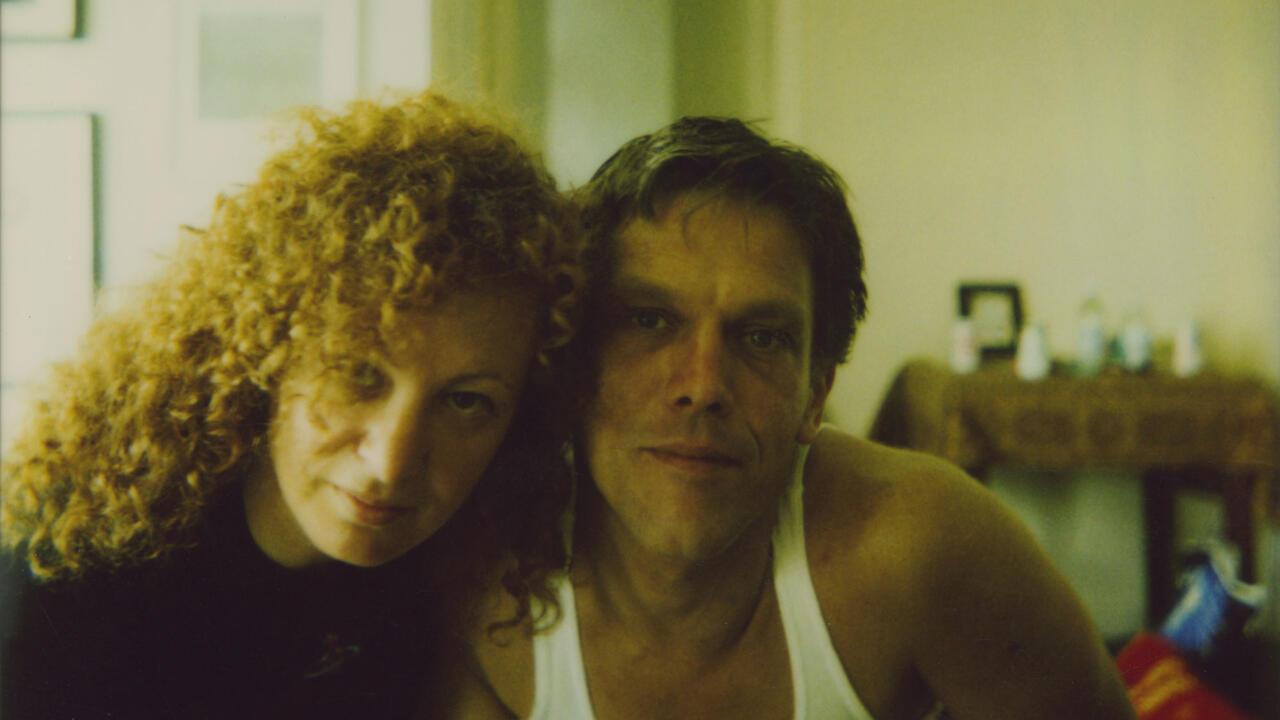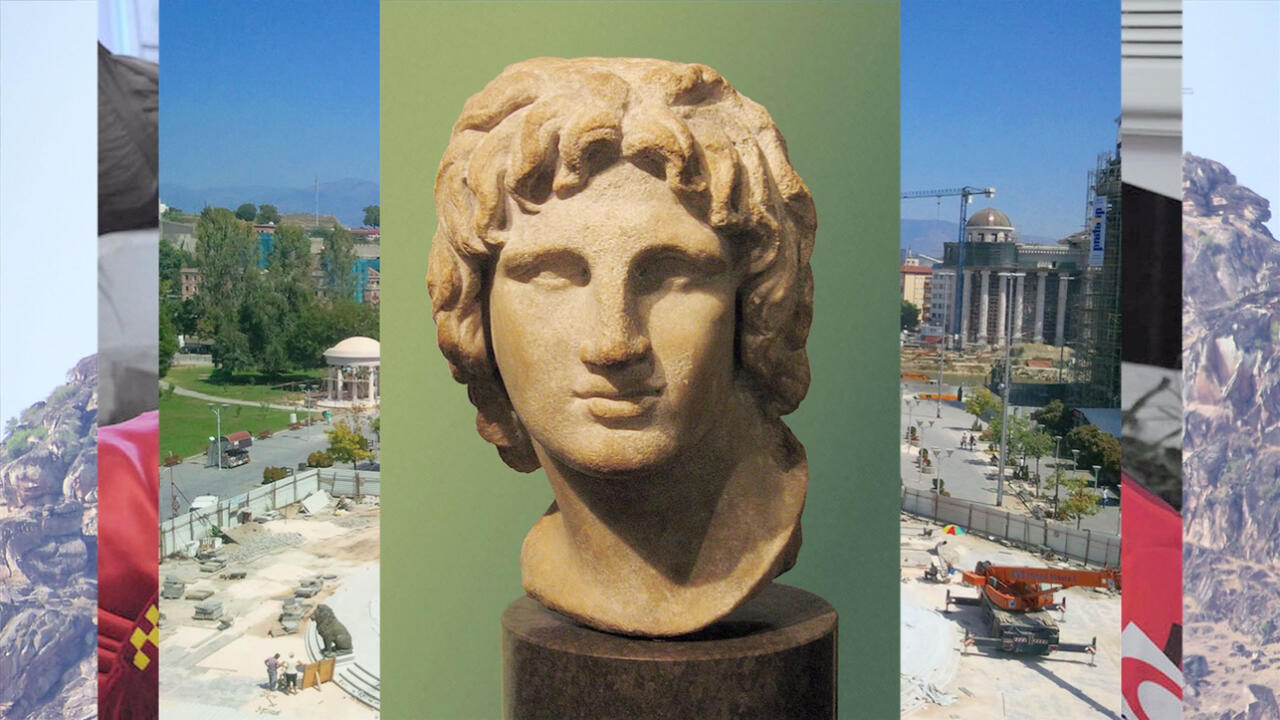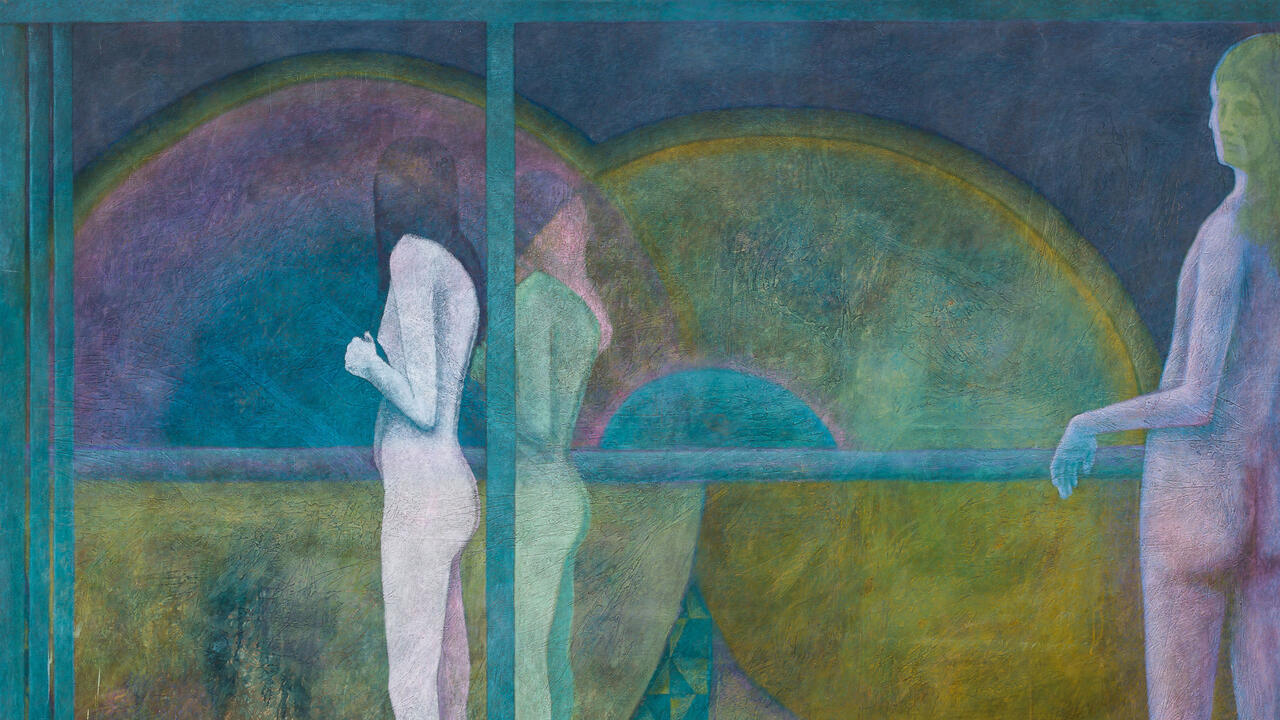Mildred’s Lane is a Self Regenerating Art Complex
The constantly evolving event site uses perpetual adaptation and new notion of creative practice to face the challenges to sustainability
The constantly evolving event site uses perpetual adaptation and new notion of creative practice to face the challenges to sustainability

Mildred’s Lane is an art complex in rural northeastern Pennsylvania bordering Narrowsburg, New York, on the Upper Delaware River Valley National Park. Mildred’s Lane consists of a home, a forest and a constantly evolving event site hosting artists and thinkers from around the world, who participate in and invent new forms of social engagement. Collaborators stay with us throughout the year but, in the warmer months, dozens swarm for sessions convened around special topics or projects, which are co-curated with visiting artists and scholars. Our network grows mostly by word of mouth and is self-selecting: all you need do to come here is send a letter of interest. Hundreds of creative minds have flourished in this landscape, and you can feel it as you come up the long dirt lane through the woods, a bumpy half-mile journey which is often described as an initiation of sorts. As one local carpenter said to us years ago: ‘Coming over the hill is like coming through a portal: we stop all our chatter and become silent and curious.’
There are dozens of discreet landscape interventions and art installations at Mildred’s Lane, as well as a long list of past happenings. We are all entangled beings here, experimenting with ideas and with one another – sometimes uncomfortably, but more often in wonderment – from the skilled artists who construct vernacular dwellings to the cultivated mildew that later blooms across their canvas walls. Raccoons scamper in the eaves of the Barn Lyceum (1997–ongoing) during evening lectures, making their nests as we exchange conversation. In early summer, seasonal colonies of bat pups learning to fly fall from the cracks of 200-year-old outbuildings. Hickory nuts drop and bang sharply upon the roof of the Lunar Camp (2015–ongoing) in autumn, startling the sleepers. Each year, the smallmouth bass in the Algorithmic Pond Project (2006–ongoing) grow larger. Some visitors swear that Mildred Steffens, the property’s previous owner who died here in 1986, still inhabits the old homestead, which has been rechristened The Mildred/Lillie Archaeology Project (1997–ongoing). If there are spirits afoot, they are as likely those of the Lenape people from whom this land was once stolen.

Attuning ourselves to trans-historical entanglements, we search for new notions of what creative practice can be, particularly outside the confines of the academy, the commercialized art world and the urban metropolis. Sustaining an anti-institution requires rigorous training, and new behavioural codes for living in the wild at Mildred’s Lane must constantly be devised. A site-specific language that we call ‘Workstyles’ has co-evolved through experimental activities. The language of Workstyles describes our ‘creative domesticating’, or the fluctuating forms of labour focused on environmentally sound living, social relations, forms of dwelling and aesthetic systems. Workstyles embodies an ‘ethics of comportment’ – our rigorous engagement with every aspect of life, our relations to each other and to the site itself.
A whimsical lexicon has evolved from this practice. Instead of an institutional director, Mildred’s Lane has an ‘Ambassador of Entanglement’ – a curator/steward who orients residents to the site, people and projects. ‘Masters of Applied Complex(ity)’ are artists who build, repair and maintain the landscape’s architectures and experimental constructions. The ‘Ministry of Comfort’ raises the bar in sustainable household mechanics, performing a sort of radical homemaking. A Workstyles card deck manages and redistributes labour, disrupting the predictability of daily chores. Someone is always in charge of ‘Hooshing’, a form of conceptually charged styling, cleaning and arranging that heightens engagement with the environment. Dining is supplanted by ‘Digestion Choreography’, which turns everyday meals into the signature collaborative art form of Mildred’s Lane: emergent events that intermix foraging, gastronomy, installation art and social practice in equal measure.
The language of Workstyles re-invents connections between working, making, cooking and living, which can contribute to sustainable modes of being in the world. Creative domesticating is our version of the Gesamtkunstwerk, or the total work of art. It does not take for granted the labours that often fall into capitalistic fissures, which are typically relegated to workers valued even less than artists. All residents of Mildred’s Lane are thinking through problems of living, such as eliminating waste – whether through the rejection of single-use plastics (unaesthetic as well as environmentally destructive) or the conviction that cooking and cleaning are not ‘a waste of time’, but creative acts in themselves.

Mildred’s Lane is part of a lineage of experimental aesthetic communities in the north-eastern United States. The Shakers, with their luminous efficiencies and radical model of gender equality, first came to New York state in 1774, about 100 miles away from Mildred’s Lane. The members of their community inspired the world with their ways of dancing, making and communal living. The Shakers are now dead (celibacy was one of their central tenets, after all), but their art/life concept lives on in the outsize aesthetic legacy of their furniture and architecture. Functional and austerely beautiful, Shaker design anticipated minimalism by several generations. In this tradition, Mildred’s Lane deeply binds utopianism to aesthetic intention.
Around the same time as the Shaker experiment peaked in the mid-19th century, Transcendentalism also flourished in the north-eastern woods. Mildred’s Lane has fostered ties to the Transcendentalists; a re-creation of Henry David Thoreau’s house at Walden Pond is the basis of an ongoing vernacular architecture project here, entitled Mildred’s Lane Renovating Walden (2010–present). An even greater influence upon the philosophy of Mildred’s Lane is the Transcendentalist Margaret Fuller, whose bold writing about women’s labour sparked the fire of American feminism.
Radical collectives face many challenges to sustainability: over-rated individualisms cause regrettable schisms; hierarchies emerge, undermining the common good; and capitalism strangles every last breath out of the collective spirit. Most experimental communities before us have managed to break free from society for only short periods. Like wildfires, experiments flare up to destroy the old and seed the new; they die when they’ve exhausted their resources. Then there is simply entropy – you might say aging – to contend with. Mildred’s Lane is no stranger to these challenges. The most recent threats to our continuing explorations are local zoning laws that define ‘home’ according to standardized codes – those schema we seek to transgress!

Our goal is to establish a land trust that will preserve this idiosyncratic site and its trans-historical legacy. This requires fundraising, facility renovations to satisfy zoning laws, a legal framework to secure and share what we have, as well as other institutional trappings. To get there, Mildred’s Lane must reconcile two apparent opposites: wildfire and sustainability. Sustainability is about perpetual adaptation, as well as burning the old to sow the new. Our structures are constantly collapsing and being rebuilt. This cycle is mirrored by one of our rituals at Mildred’s Lane: at the end of each session, a sculptural bonfire is created and burned, representing the conceptual completion and destruction of what was before.
With limited resources, we hope not to burn out completely before reaching our goal. We swarm around the fire, rearranging, readapting and reimagining the fragile combustibility of exchange and collaboration – preserving the wild and ever-emergent community of Mildred’s Lane.
Written in collaboration with Alex A. Jones and Alastair Gordon.
This article first appeared in frieze issue 233 with the headline ‘All Together Now’
Main Image: Art fellows’ fall retreat outside The Main House at Mildred’s Lane, 2009. Courtesy: Mildred’s Lane; photograph: Hope Ginsburg





















